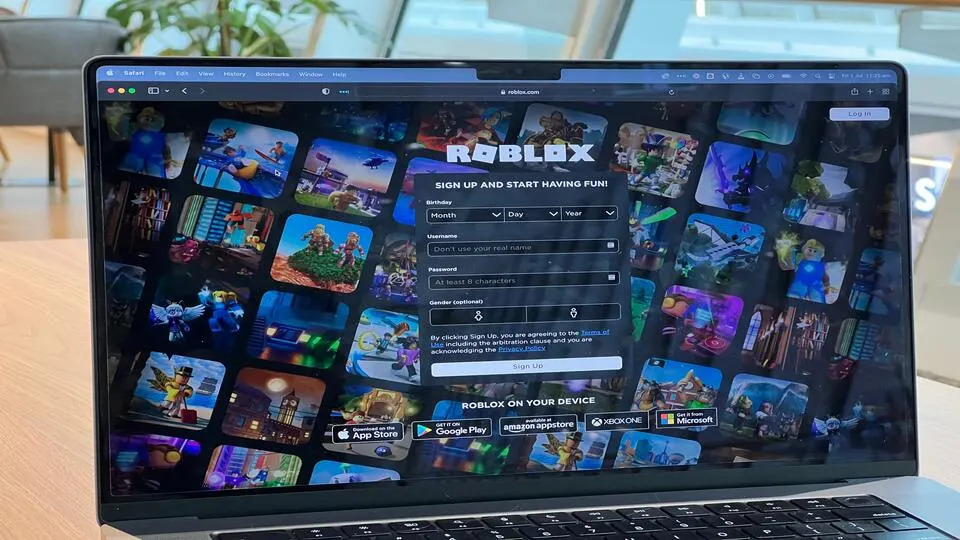The Ford Bronco Sport is not sporty at all, and it is not even a Bronco. This is the twin of an SUV but in a crossover version. It is essentially a facelifted Escape (which is a lifted Focus itself) but with features that make it more capable for off-road driving. It has much to offer, and car specialists from the Indy Auto Man dealership reveal its pros and cons.
What makes the Ford Bronco Sport so special
Bronco Sport is the latest addition to the Ford lineup, a transitional step from Escape to the full-fledged Bronco for those who want a more convenient, quieter, and affordable alternative. Simply put, this is a compact crossover “in the Bronco spirit,” with the styling of its ball brother, but on the Escape platform. It has an original monocoque body, interior, and transmission, rear suspension with semi-independent wishbones, front suspension with MacPherson struts, and a 2.0-liter four-cylinder turbocharged engine. All Bronco Sport versions are all-wheel drive, and top-end models like Heritage get a dual-clutch and locking rear differential that engages when the wheels slip. Structurally, it resembles the unit from the Focus RS adapted for off-road use. What’s disappointing is that the interior is of very mediocre quality. Its styling, from the dashboard to the relatively small and low-contrast infotainment screen, is on par with a car-sharing vehicle. Despite this, the seats are comfortable, and the driver’s position offers excellent SUV-worthy visibility, coupled with an absurdly high hood line. On the other hand, it forms the Sport’s appearance, which is its main advantage. It looks and feels high, with clean geometric body lines and uncluttered trim details—that off-road look that should sell it.
How does it drive?
The Bronco Sport is fun to drive but not particularly exciting, falling behind even the most conventional passenger cars. After all, the main feature of this SUV is the balance between impressive appearance, silence, and comfort. The seats are mounted high, and the relatively low waistline of the glass provides good visibility. The controls are vertical but within reach, intuitive, and don’t distract from the road.
The Bronco Sport feels sporty thanks to its relatively stiff suspension and exquisite cornering handling. With low weight and precise steering, it is well-suited for everyday use. The engine has low torque at low speeds, and the gearbox has smooth, slightly slurred shifts. The long throttle stroke makes the 2.0-liter turbocharged engine feel larger and lazier than you might expect, but on the road, it’s easy to drive with precise power delivery. The only thing that could look smoother is the operation of the driver assistants. The automatic braking is too harsh, and the lane-keeping feature makes straight roads twisty, constantly trying to steer to get the car back online.
But once you get off the highway, it stops bothering you. Even though the Bronco Sport is not a frame SUV with a full-fledged transfer case, the combination of rear differentials and locking center, as well as progressive braking vectoring, bring it closer to the best off-road conquerors. Drive modes bring the Bronco Sport to its maximum capabilities, with Rock Crawl being the most aggressive. The Bronco Sport overcame obstacles with astonishing ease, and its otherwise unremarkable on-road performance translated into smooth, effortless traversal of challenging trails. It can overcome almost any surface unless you land it in mud or deep ruts. Simply put, it is designed for those who want to reach their peak without trying to push their limits.
Ups and downs
Despite being a crossover at its core, the Bronco Sport’s off-road capabilities are impressive. At the same time, it manages to remain comfortable on the highway and versatile in everyday life. Its weak point is its interior space, especially considering the cost. The materials feel overly cheap, and the equipment is outdated – Apple CarPlay is connected via a cord, and the smartphone wireless charging pad works as a heater rather than a charger.
The segment of small pseudo-SUVs is now very popular, and competitors of the Ford Bronco Sport include the Subaru Forester and Outback, the new Mazda CX-50, and Toyota RAV4. The cost of these SUVs ranges from 32 to 40 thousand dollars, but the “sporty” Bronco is at the top of this list.
Among its advantages is a large selection of trim levels. Each subsequent version gains additional options and equipment – from leather trim, wireless charging, and an improved audio system to a more powerful 2.0-liter EcoBoost (instead of 1.5-liter). All Bronco Sport trims come with all-wheel drive, but Heritage and Badlands additionally get an upgraded rear differential. The Bronco Sport’s fuel economy is slightly below average for the segment, but its 7 mpg on the highway and 10 mpg off-road won’t disappoint the owner.
Conclusion
Thus, the Ford Bronco Sport is a unique vehicle in the small SUV segment: it’s capable off-road but at the same time comfortable on the highway and in the city. Bronco provides reasonable fuel economy and easily fits into everyday life without making too much of a statement. The rough interior and not very modern technologies look a bit disappointing. So, even though it does a decent job, subpar driver assistants and a cabin that seems unsuitable even for a budget model make its price tag a bit too high.
The offer is targeted at those who value opportunity rather than technology and luxury. After all, the Bronco Sport can be called a true SUV. And this is its main advantage.



